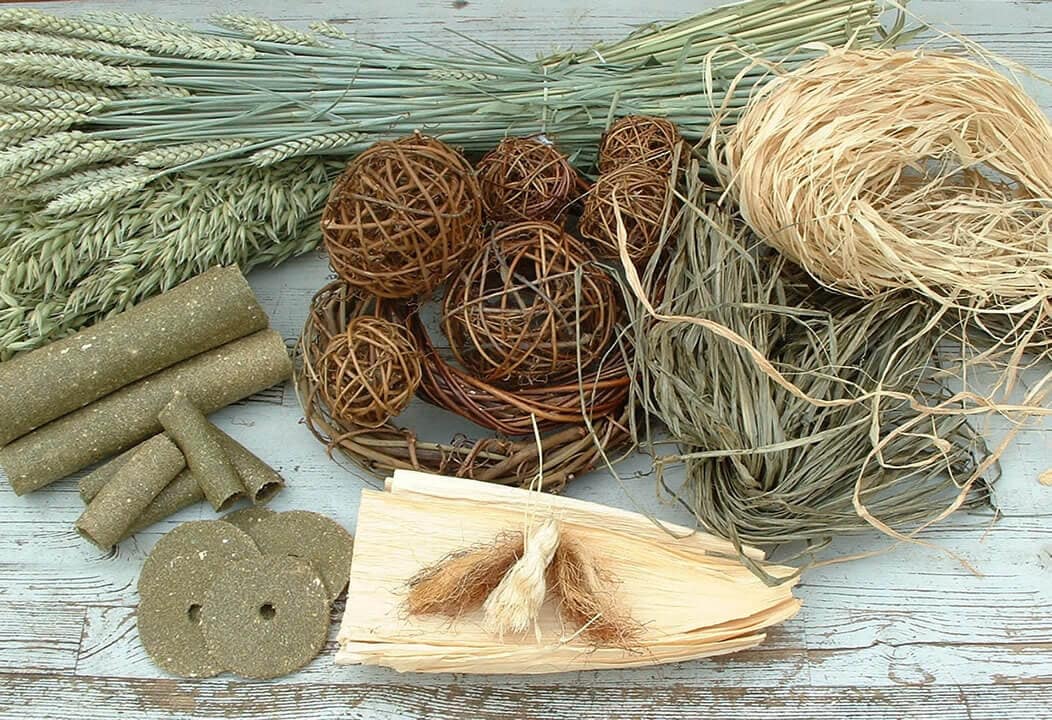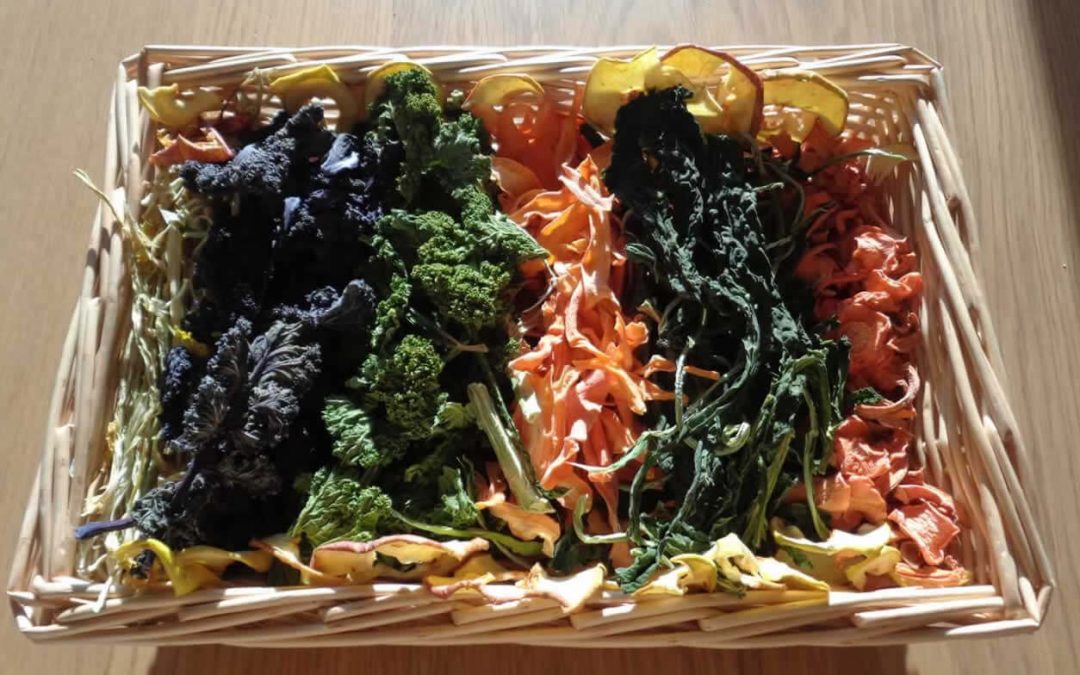
by Galen | Feb 10, 2017 | Home Made, Shopping
Drying forage for herbivores using a Dehydrator
Why use a Dehydrator?
When you remove the moisture from foods they keep for longer, and you don’t need to use any preservatives in the process. A dehydrator costs around £1 for 24 hours to run but most foods can be dried in 4-6 hours, equivalent to 25p per batch.
By dehydrating herbs, vegetables, grasses and fruit when there is a glut, you should have plenty for the winter months. Drying your own also means you’ll have dried forage that you could not buy in the shops.
Drying Vegetables
My advice is to cut the vegetables into pieces that will dry evenly. I remove the leaves from the stalk of green vegetables and shave strips off of root vegetables. If you try to dry the entire leaf, either the leaf part will dry and shatter, or the stalk will be too damp.
I’d recommend quartering broccoli stems length-ways and then into thinner sticks. The instruction manual will tell you to blanch vegetables but you don’t need to do that when drying for forage.
Herbs, Leaves and Grasses
As these are most abundant during the summer months you can dry them in the sun. Most people won’t need to use the dehydrator during the summer. I only use the dehydrator for leaves when I want them to dry flat (most leaves will curl up when dried naturally).
Dandelion flowers are best dried in a dehydrator as they go to seed rapidly once picked.
You can make a soft green grass forage in the dehydrator that you pets will love you for. Your pets will benefit from the higher vitamin C and chlorophyll levels. Rabbits fed on a mainly grass diet miss out on these in the winter months.
Shop on Amazon for VonShef Dehydrators
You can also buy VonShef dehydrators on Ebay
Kale, carrot, apple & celery dried in the VonShef dehydrator.
Average price around £40
Drying vegetables and herbs reduces them from 90% moisture to 10% moisture. Vegetables with a high initial moisture content can be particularly disappointing. Cucumber, lettuce and celery, for example, will shrink to a tiny percentage of their original size.

by Galen | Oct 13, 2013 | Home Made
A while back I wrote an article for Rabbiting On Magazine about Christmas Gift Ideas which included Christmas Crackers made from safe materials that you can give to your rabbit, guinea pig, chinchilla or degu.
It’s always hard to think up new ideas for toys and treats, so for those of you who don’t subscribe, here’s how to make Edible Christmas Crackers for your pets.
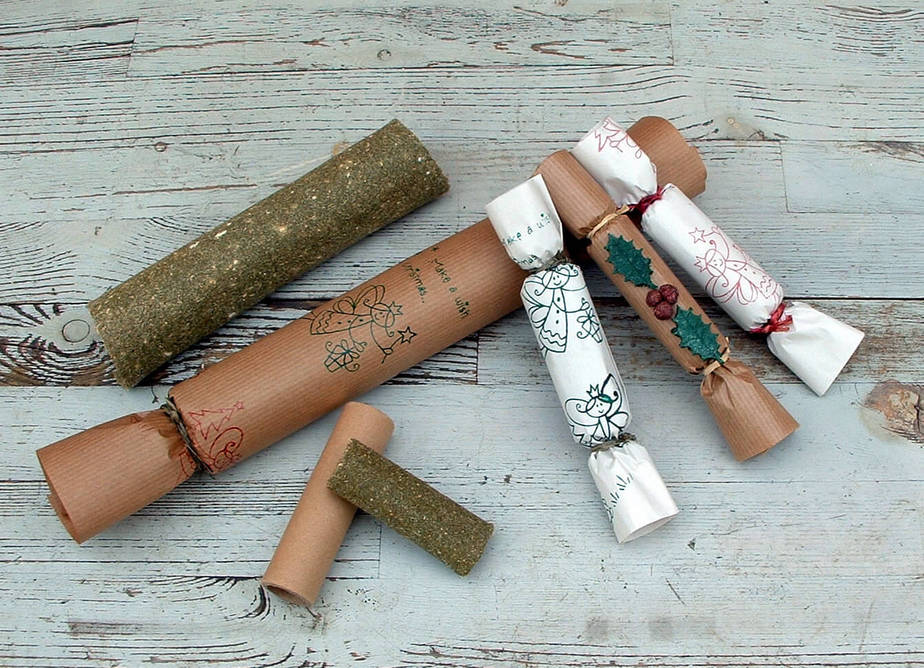
The cracker cores are made from Aunt Sally’s Grassy Logs or Loglets. (You could use cardboard tubes instead if you wanted to). Even the ink used to print the paper was made from all natural powder food colouring and the holly decorations were made from our cookie mixes with the same food colouring added. You can also use the cookie mixes to create hanging decorations.
To make the edible ink I added some natural food colouring to water and vegetable glycerine, then poured that over a new ink pad and stamped the design onto food grade paper using a clean stamp.

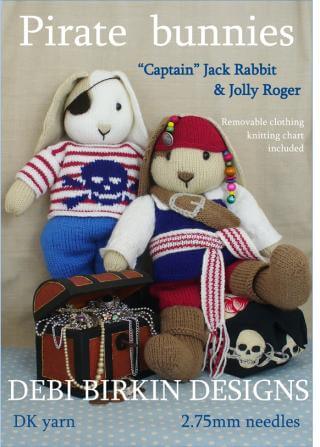
by Galen | Nov 29, 2012 | Home Made
 Big bunnies, these Pirate Bunnies are 41cm when standing, a great knitting project to while away the winter hours in readiness for summer fundraising, or even tied in with Talk Like a Pirate day on September 19th!
Big bunnies, these Pirate Bunnies are 41cm when standing, a great knitting project to while away the winter hours in readiness for summer fundraising, or even tied in with Talk Like a Pirate day on September 19th!
Debi Birkin designs include a range of knitted rabbits and other animals
The Pirate bunnies pattern is only £2.50 and the website lists all the materials you need to make this pair of pirates “Captain” Jack Rabbit and Jolly Roger.
Please see the notes on Debi Birkin’s site regarding selling and licensing.
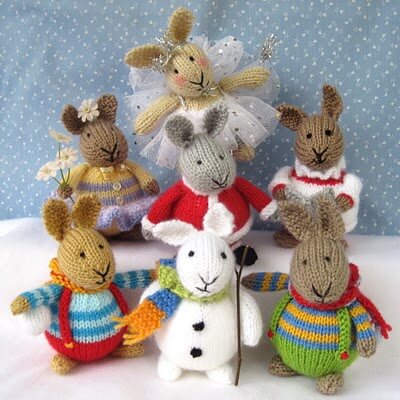
by Galen | Nov 29, 2012 | Home Made
 Based in the Lake District, Dollytime sell unique knitting patterns for toys including some for rabbits which could be good for fundraising.
Based in the Lake District, Dollytime sell unique knitting patterns for toys including some for rabbits which could be good for fundraising.
The patterns come in PDF format and cost less than £3
Other knitted rabbit patterns also available.
I thought these would look great in natural shades using angora wool from rabbits.
Other Knitted Rabbits
Check out Knitted Rabbits on Pinterest, or Little Cotton Rabbits delightful blog.

by Galen | Nov 29, 2012 | Home Made
I was wondering about fund raising ideas for rabbit and guinea pig rescues when I stumbled across Debi Birkin’s site full of great knitting patterns including this one for a guinea pig knitted in Mohair. The pattern is only £2.50 which is a bargain considering the number of guinea pigs you could knit from it.
The knitted guinea pig is knitted flat on normal needles and sewn together. The fluffy effect is achieved with a teazle brush.

Please read Debi Birkin’s page on selling your work based on her patterns and licensing.
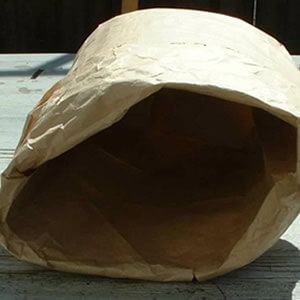
by Galen | Sep 21, 2012 | Home Made
The Cavy Cave is an idea developed jointly with Sally of Pampered Piggies. Originally made from twin-wall kraft sacks, the Mark II is made from card and kraft flour bags using a design which is more resistant to squashing.
It comes flat packed and consists of two flour sacks and 2 pieces of pre-cut A4 card. Not rocket science I know, but it is a simple and effective design which can be used as a toy for rabbits and chinchillas by stuffing it with hay that has a treat hidden in the centre.


by Galen | Sep 21, 2012 | Home Made
Make innovative home made toys using natural materials with our grassy disks, logs and loglets hand made to our original recipe. As an alternative you could use any of our cookie mixes to create parts for toys using wooden disks or cholla, deliberately making it hard for the rabbit or chinchilla to get to them.
Guinea pigs like their grassy logs stuffed with hay and herbs, they’re not interested in all that hard work!
Grains, such as the wheat and oat ears illustrated, are fattening but a small piece wrapped in hay and tucked into a vine or willow ball won’t hurt the average rabbit that isn’t overweight. They should not be fed to chinchillas though.
